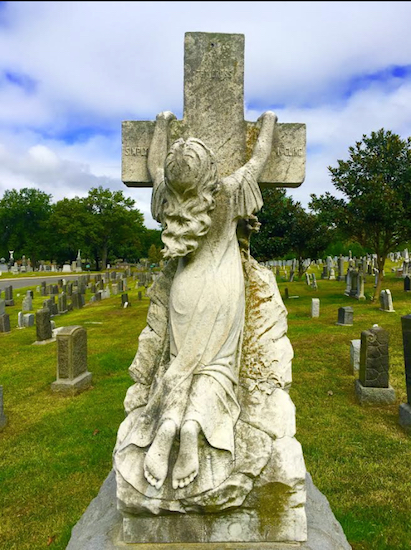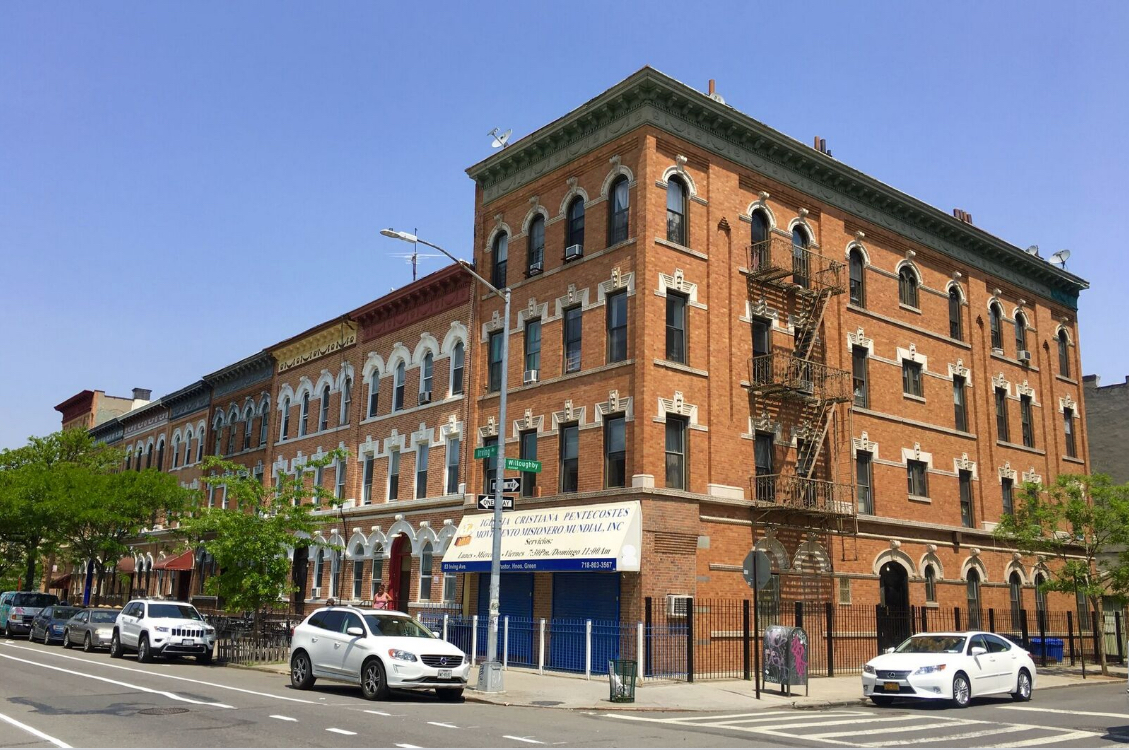The Evergreens Cemetery draws visitors during Open House New York Weekend

Welcome to the Evergreens Cemetery, a historic Bushwick graveyard. Eagle photos by Lore Croghan
Here lies Bill “Bojangles” Robinson, beloved tap dancer. And victims of the Triangle Shirtwaist Factory fire. And a grieving widower who lived in his dead wife’s tomb with a pet parrot for company.
They’re among the more than half-million people buried at the Evergreens Cemetery in Bushwick.
The historic graveyard, which was established in 1849, welcomed visitors on Saturday, Oct. 14 and Sunday, Oct. 15 for tours during the celebration of Open House New York Weekend.
